
Tiny, jewel-toned cranberries are the star of many autumn dishes and certainly popular on the Thanksgiving table. Scroll through this collection for cranberry inspiration. 10 best cranberry recipes includes pie, quick bread, scones, cranberry sauce, crisps and salad dressing all using fresh or frozen cranberries.
About cranberries
Cranberries are tart, red berries that grow on low, creeping shrubs and trailing vines in bogs and marshes. They can grow to 7 feet long and 2 to 8-inches tall. The hearty cranberry vine thrives in conditions that would not support most other crops, growing in acidic soil without nutrients. The cranberry can also withstand low temperatures.
Cranberries have slender, wiry stems and small evergreen leaves. The flowers are dark pink, with very distinct petals. They are pollinated by bees. The fruit is a berry that is larger than the leaves of the plant. The berry is initially light green, turning red when ripe.
Early American history
Cranberries actually have a rich American history. Cranberries, along with blueberries and concord grapes, are native to North America.
Native Americans used the cranberries as a staple as early as 1550. They ate cranberries fresh, ground, or mashed with cornmeal and baked it into bread. They also mixed berries with wild game and melted fat to form pemmican, a survival ration for the winter months. To sweeten the berry’s tangy, acidic flavor, maple sugar or honey was used.
Because the flower of the plant resembles the neck of a sandhill crane, early European settlers call the fruit “crane berries. Native Americans used cranberries for food, made fabric dyes and medicines from them. By 1620 Pilgrims learned how to use cranberries from the Native Americans.
When scurvy was a common problem among early American sailors, pirates, and other mariners, cranberries were bought on-board their ships since they have a high vitamin C content.
Bouncing and floating cranberries
Fresh cranberries will bounce when dropped because of four small air pockets in each berry.
They also float. Many to believe that cranberries grow in water. They don’t. Because they float, the bogs and marshes they grow in often are flooded at harvest time to make them easier to gather. When it’s time to harvest, growers flood the beds so berries float to the top.
To see photos of how south Jersey cranberries are harvested, visit cranberry harvest.
Health benefits of cranberries
Cranberries are packed with vitamins, fiber and other nutrients. They are fat free, cholesterol free and low in sodium. Cranberries can help maintain a healthy heart and may help support memory function. Their antioxidants may also help maintain a healthy immune system, and may play a role in preventing urinary track infections and gum disease.
Fun cranberry facts
About 20% of all cranberries produced each year are eaten during the holiday season. Only 5% of cranberries are sold as fresh fruit. The other 95% is made into juice, sauce and dried fruit.
There are approximately 440 cranberries in a pound. It takes about 4400 cranberries to make a gallon of juice.
Fresh cranberries can be kept up to nine months frozen in a bag.
Recipes using cranberries
If you are looking to add cranberries to your holiday menu, have a look at these popular, 10 best cranberry recipes. You will find tasty breakfast, snack, sides and dessert recipes. Click on the link below the photo to go to the recipe post.

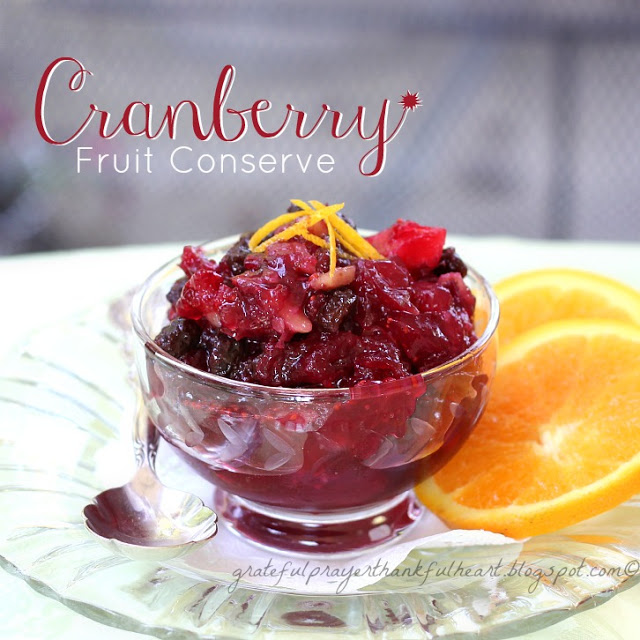
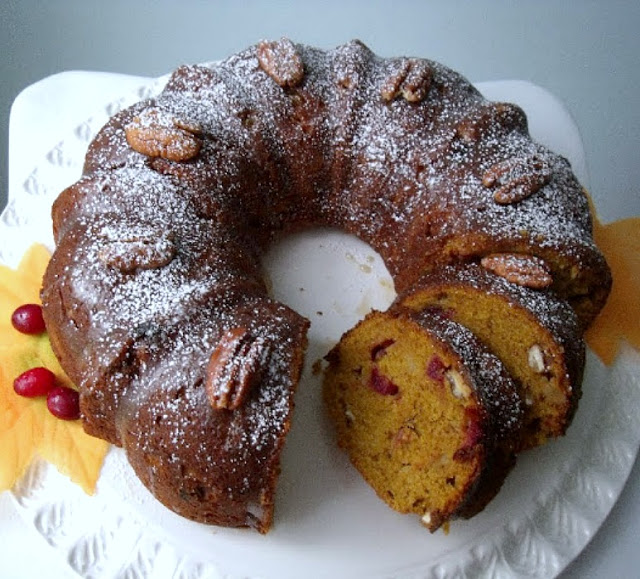
All The Flavors of Thanksgiving Bundt Cake
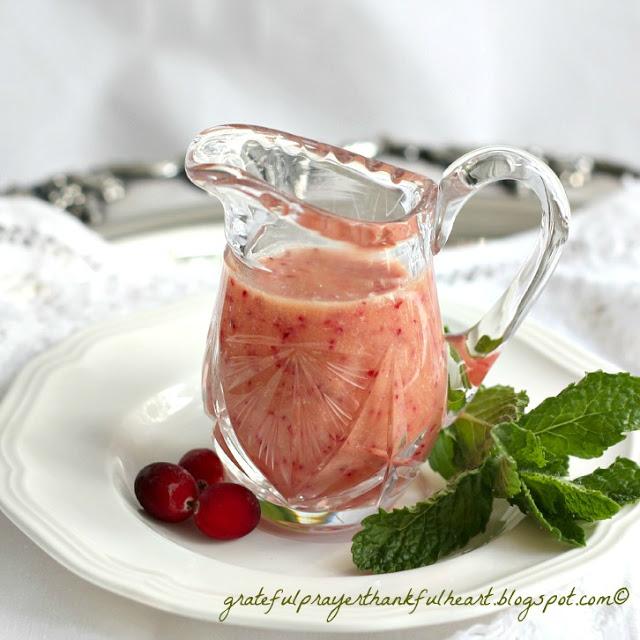
Cranberry Orange Salad Dressing
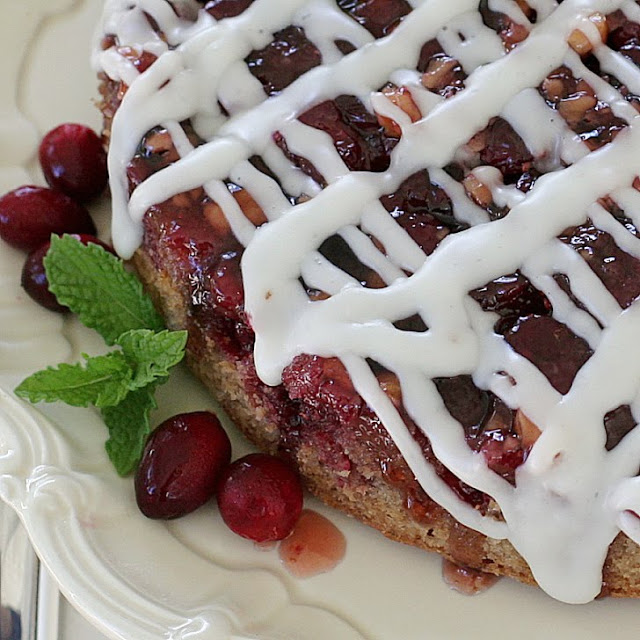
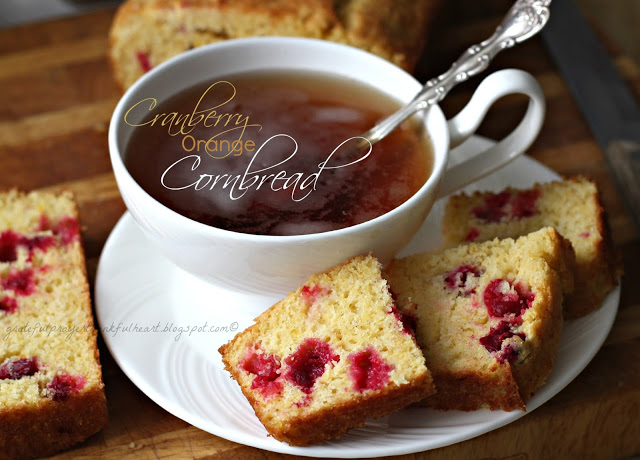
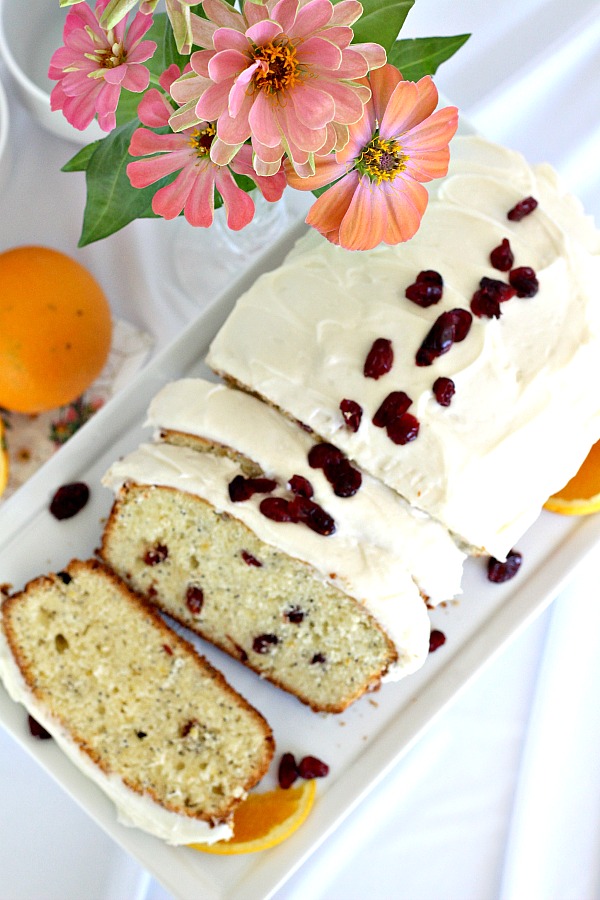
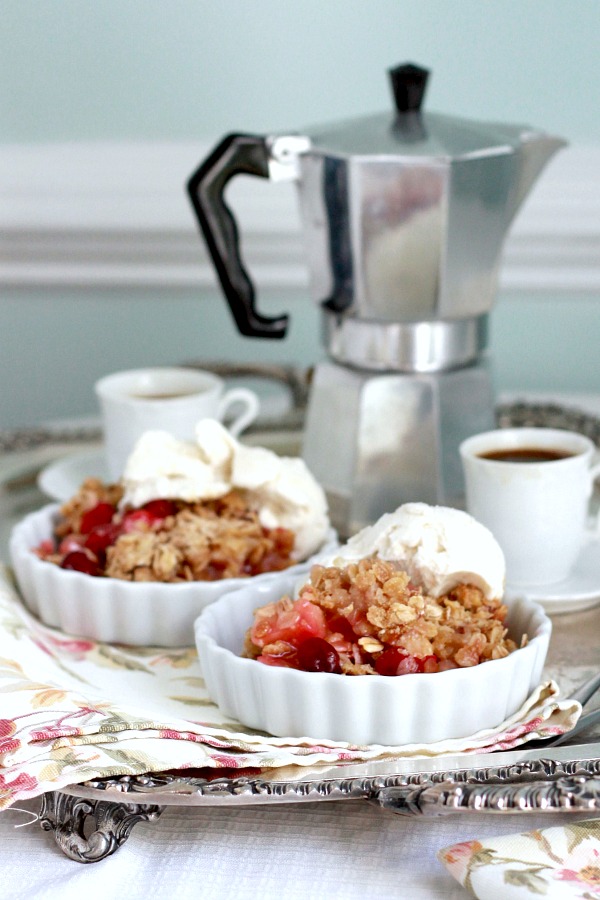

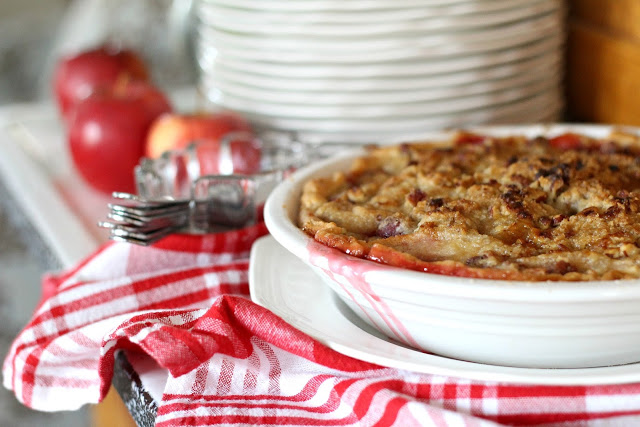
Cranberry Apple Pie with Pecan Streusel

FREE gift for subscribers!
Don’t miss new recipes, DIY, crafts and ideas to inspire and encourage you. Join our community and receive updates by clicking the subscribe button below. We’d love to have you be a part 

I love cranberries and all these recipes look so good. Interesting info about them as well. I didn’t know a lot of that. I just knew they tasted good